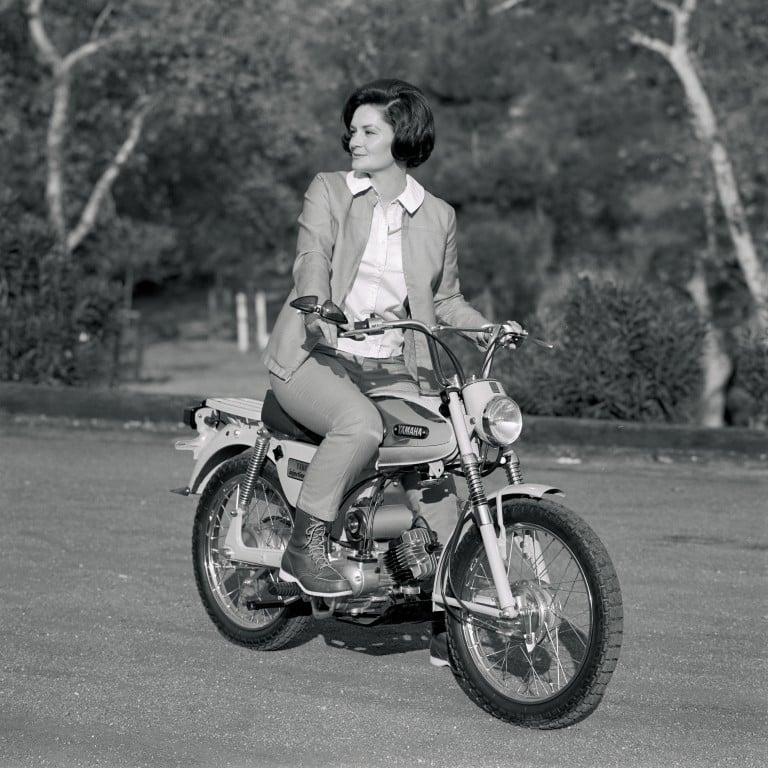
The story of Yamaha: the watchmaker that branched out into organs, motorbikes, and practically everything else
- Watchmaker Torakusu Yamaha founded Nippon Gaki in 1887, first making reed organs, then other musical instruments
- After World War II it resumed business, making motorbikes, boats, appliances, the first commercially successful digital synthesiser and CD recorder, and more
The first motorcycle that Frenchman Patrick Coste bought was a Yamaha XJ600 Diversion, because it was relatively cheap and easy to drive. He immediately became hooked on Yamaha and has owned five of their motorbikes.
Each has its own characteristics and story, he says, but his fondest memories are from a four-week solo journey he made in the autumn of 2012 astride a 1200 Super Ténéré. Starting out from his home in the village of Renaison, just outside the city of Lyons in central France, he drove south to Spain and then took a ferry across the Mediterranean to Morocco.
“It was like I was living a dream,” he says. “The landscapes, the local people, the song of the muezzin at dawn and dusk. Everywhere I went, the people were welcoming and friendly. I met other bikers like me, travelling the world, and the human connections that I made on that journey enriched my life.
“I think riding a motorbike gives you freedom that you might not otherwise experience; it connects you with people better than a car,” he says. “And that Super Ténéré was the perfect bike for the journey. It never gave me a moment’s concern, and when you’re a long way from home, knowing that your bike is reliable is a big plus.”
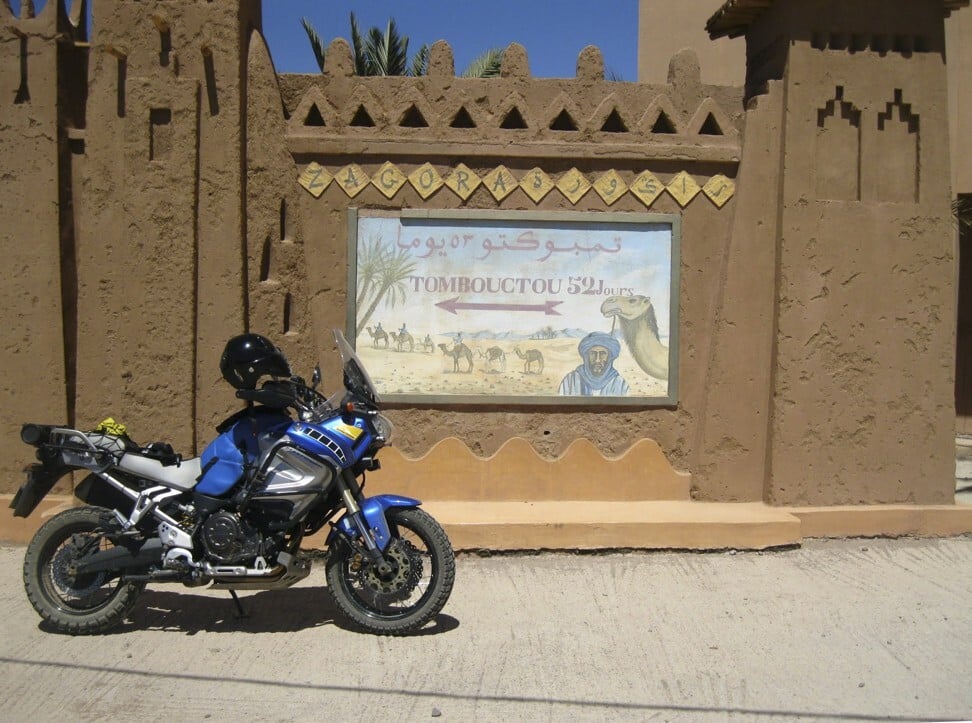
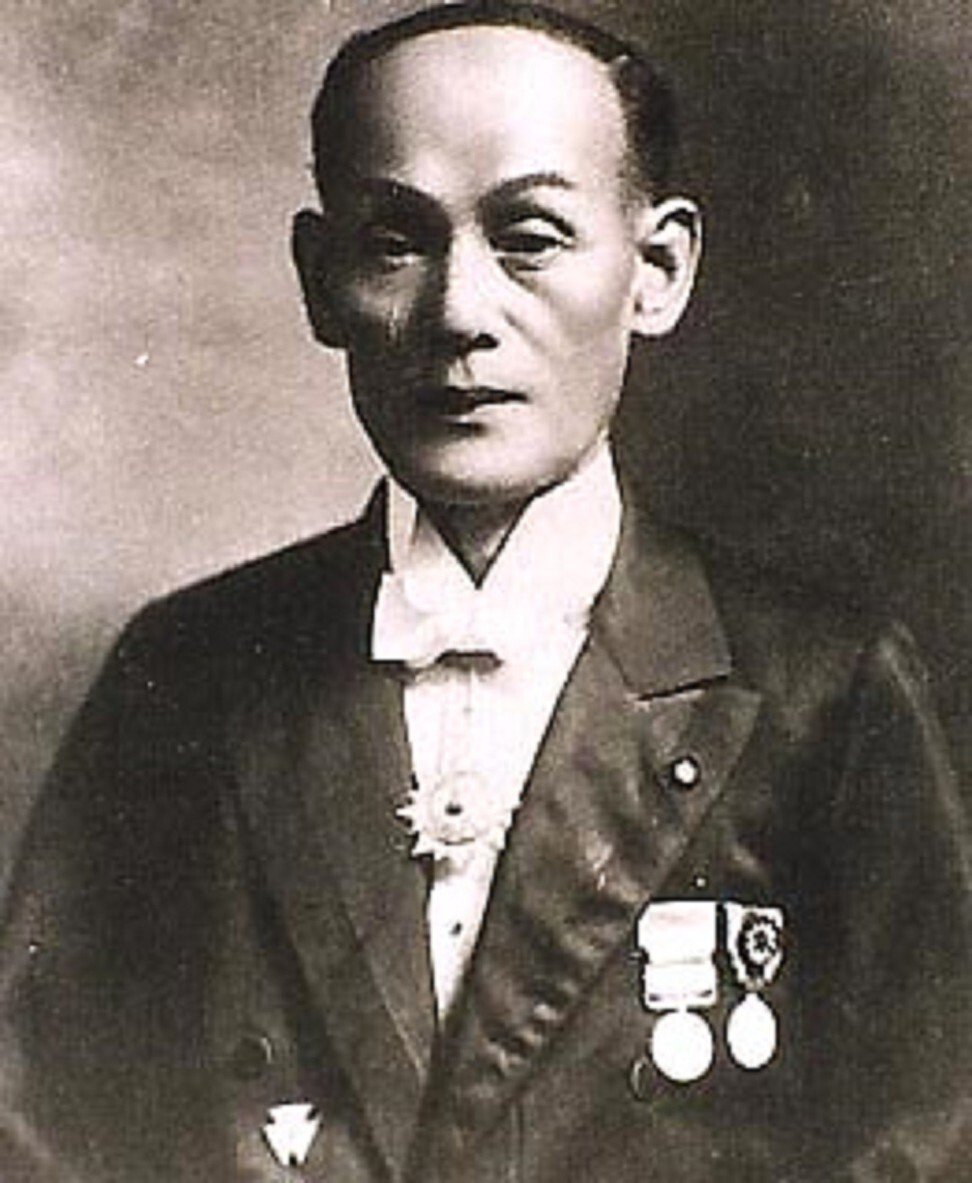
The High Atlas mountains are a long way from the rural part of Japan where the company behind the Yamaha brand was first conceived by Torakusu Yamaha.
Yamaha was born in May 1851, the third son of a low-ranking samurai who served as the official astronomer for the Kishu clan in the central prefecture of Wakayama. He inherited his father’s fascination with the heavens and reportedly read widely on astronomy and, later, the machines and technology that were emerging in the latter years of the 19th century.
Mamee Monster noodles’ story – the Malaysian childhood snack
The Meiji Restoration of 1868 ushered in an era in which Japan embraced Western thought and technologies, which Yamaha saw as a business opportunity. In 1871, he moved to Nagasaki and studied watchmaking under a British master craftsman. He quickly picked up the skills of making timepieces and turned his attention to medical equipment.
In 1886, aged 35, Yamaha moved to Hamamatsu, south of Tokyo, to set up a business repairing medical equipment and watches. To make ends meet, he also served as the rickshaw driver for the director of a local hospital.
Hamamatsu was a relatively small provincial town, and a local primary school turned to Yamaha when the school’s foreign-made organ broke down. He identified the problem, studied the inner workings of the instrument and set about making an organ from scratch – a project that took just two months.
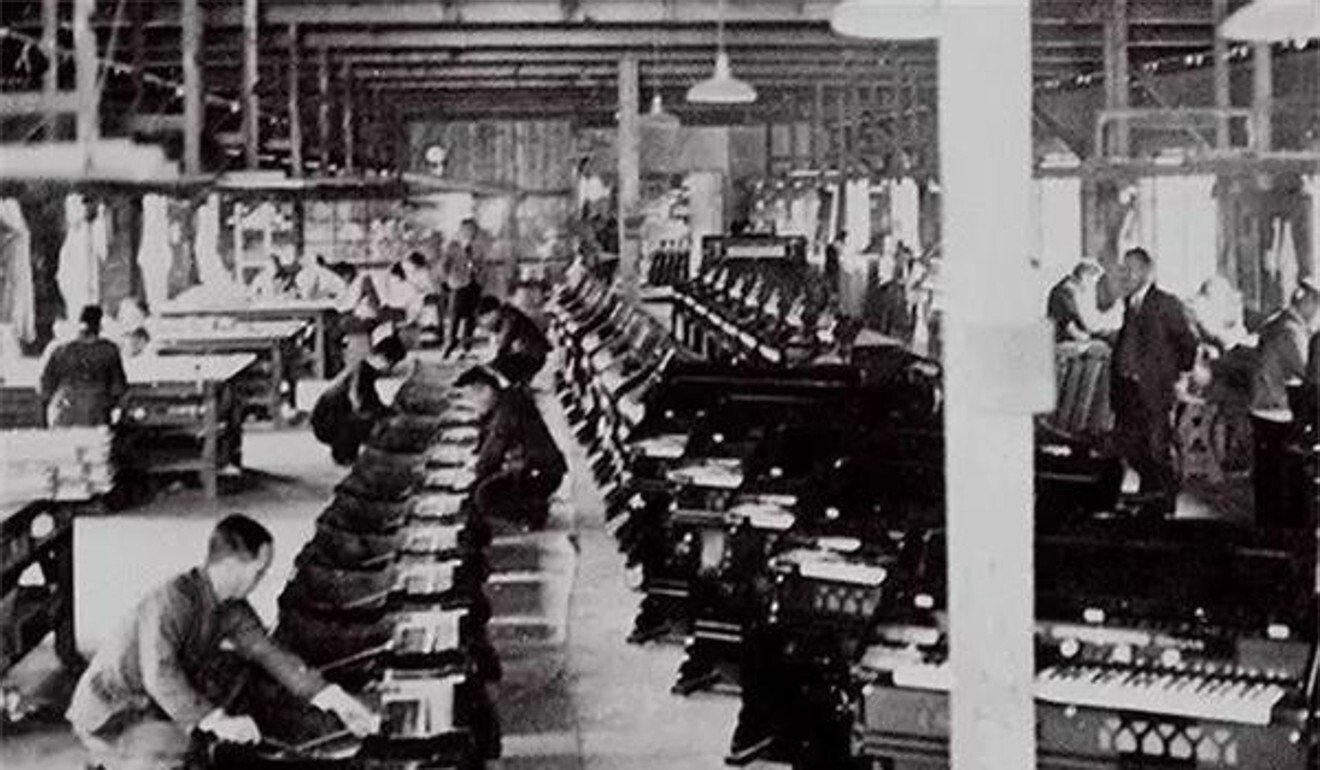
The first reed organ manufactured in Japan did not, however, win much praise when he showed it to professors in the music department of Tokyo University. After studying music theory at the university for a month, he returned to Hamamatsu and created a second version of his organ – an instrument that was hailed as being “as good as those from abroad”.
Yamaha quickly began to receive orders, including from the governor of Shizuoka prefecture, and in 1887 he founded Nippon Gakki. The company’s logo was an image of a phoenix holding a tuning fork in its beak.
The following year, he took over an abandoned temple building in the town and employed a team of carpenters and cabinet makers. Soon, it gave way to a specially built factory with modern assembly lines.
The company’s next breakthrough came in 1889, when Japan’s education minister asked Yamaha to maintain musical instruments throughout the nation’s schools and the company sold 250 organs. Building on that success, Yamaha branched out into manufacturing pianos, harmonicas and xylophones.
After a five-month research expedition to the United States, during which Yamaha visited the headquarters of piano giant Steinway and Sons, he returned to Japan and designed Nippon Gakki’s first upright piano.
In August 1916, at the age of 65, Yamaha died, but because of its strong foundations, the company continued.

During World War II, the company was required by the government to shift away from musical instruments to produce precision equipment for the war effort, including propellers for the Zero fighter. With Japan’s surrender in 1945 and musical instruments not high on the nation’s list of priorities, Nippon Gakki’s production facilities – those that had survived extensive air raids – were mothballed.
It was not until 1953 that Genichi Kawakami, the company’s president, returned and ordered that the manufacturing lines be renovated and put back into production. According to company lore, the machinery at the Hamamatsu plant started up at the first flick of the switch.
There was debate within the management of Nippon Gakki about what it should manufacture in post-war Japan. Sewing machines were considered, along with scooters and rudimentary three-wheeled cars. Eventually, they settled on motorcycles because the firm’s existing facilities were considered appropriate, and a German-built DKW motorcycle was imported to serve as a basic blueprint for what was needed, as well as what could be improved upon.

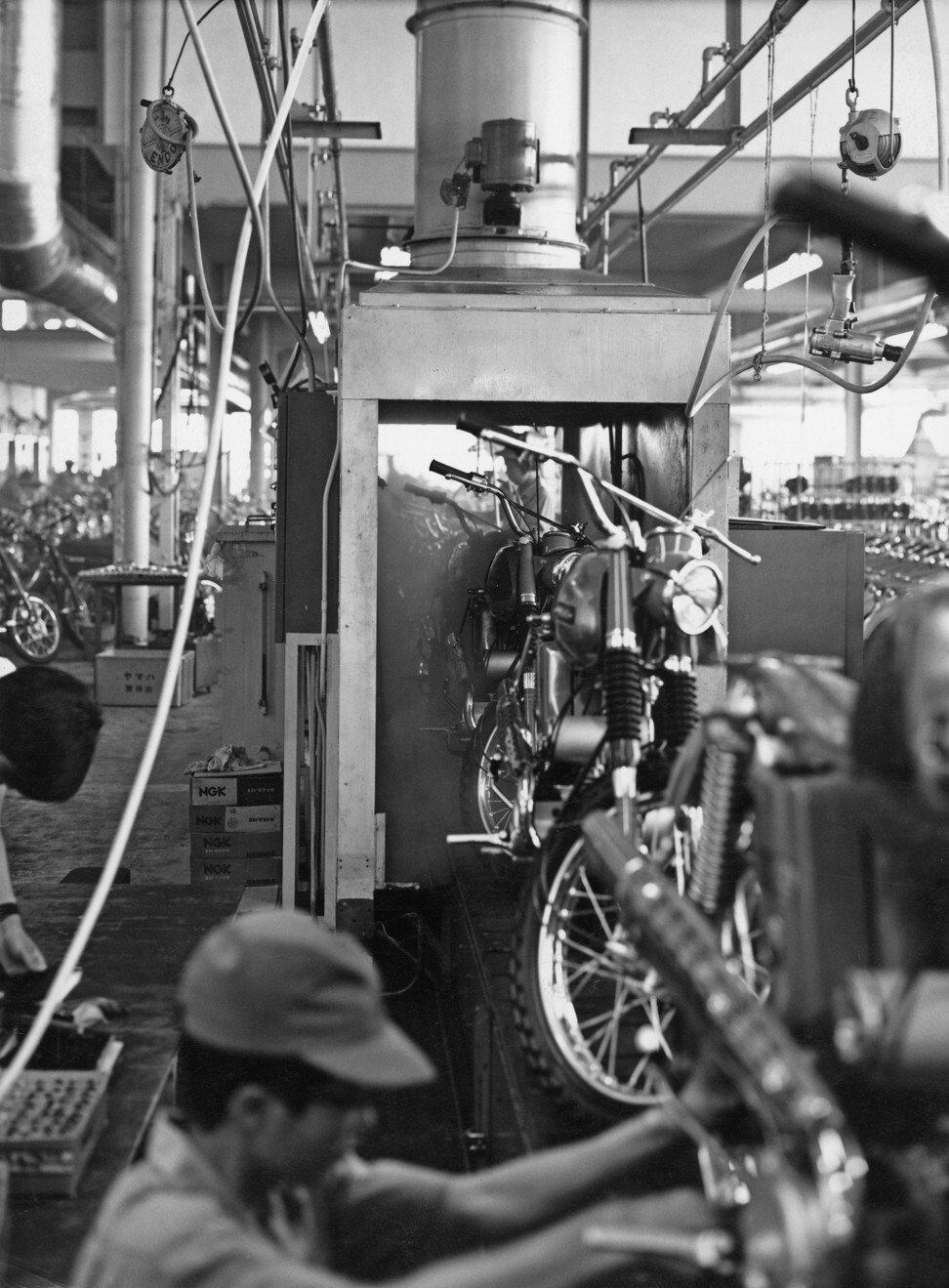
Less than 10 months later, the first Yamaha motorbike, the 125cc YA-1, was completed. It survived an exacting 10,000km durability test and full-scale production began in December 1954 at the Hamana factory.
The advertising blurb for the bike promised “Wonderful acceleration! Elegant styling! Stable handling!” and the company emphasised that it incorporated a number of refinements on the DKW, including a four-speed gearbox.
The launch of the YA-1 saw the company undergo a fundamental change as Yamaha Motor was split from the rest of the company, which took the name Yamaha along with substantial financial input from the original company.


Since the two companies went their separate ways – although, interestingly, both have retained virtually the same logo for their businesses of three interlocked tuning forks – Yamaha has grown into one of the largest manufacturers of musical instruments in the world.
From organs, it has diversified into guitars, drums, and brass and woodwind instruments, with the company’s flagship building in Tokyo’s swish Ginza district the largest musical instrument store in Japan, incorporating recording studios and a concert hall. It has also maintained, since the mid-1950s, the Yamaha Music School.
Yamaha was behind the DX7, the first commercially successful digital synthesiser and the sound behind countless 1980s pop bands. In 1988, the company released the world’s first CD recorder and snapped up San Francisco-based synthesiser company Sequential; its other acquisitions include German audio software maker Steinberg and Austrian piano manufacturer Bosendorfer.
The company also diversified with a successful semiconductor division, a range of audiovisual products, computer-related products, home appliances, industrial robots and even sporting equipment – including specialist archery equipment that helped six archers win gold medals at five different Olympic Games.
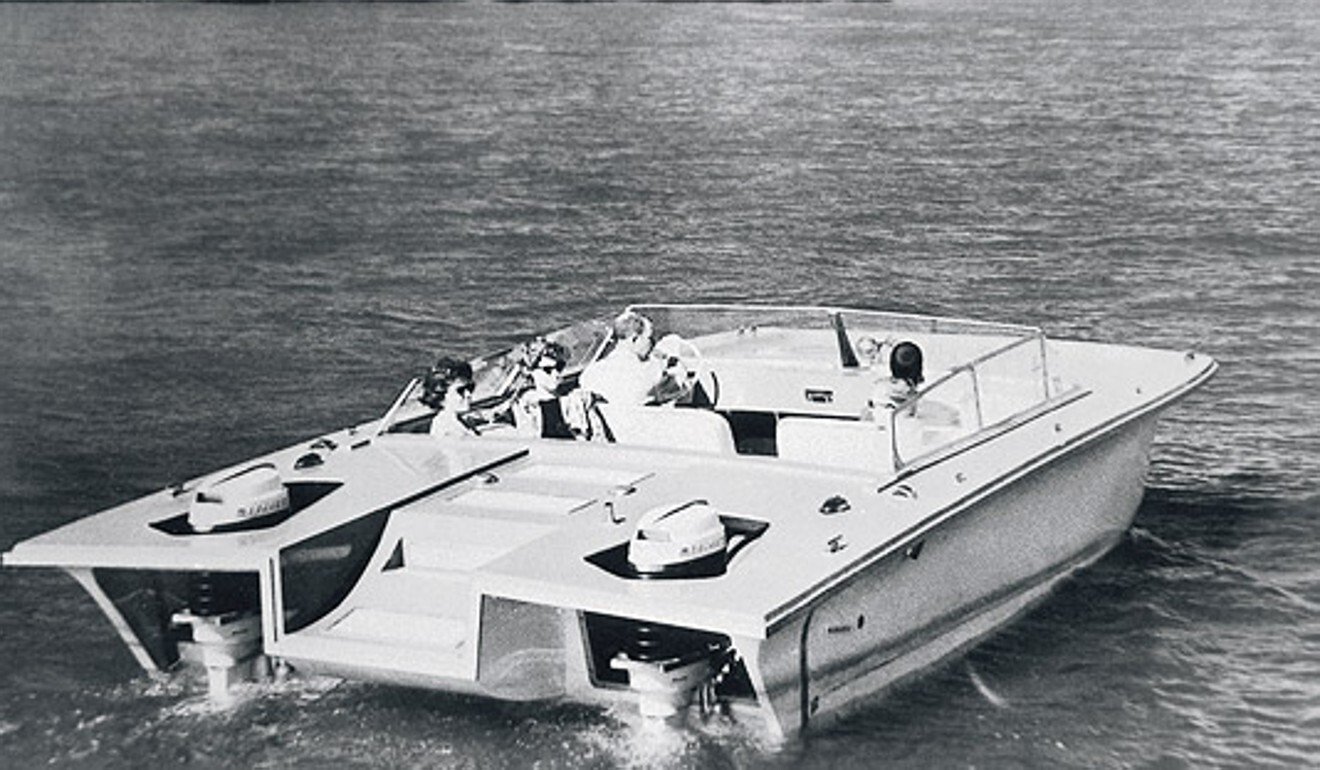
Yamaha Motor has similarly gone from strength to strength. The YA-1 came first, second and third in the first All Japan Autobike Endurance Road Race in 1955, the same year it was released, and was a respectable sixth in its first international race three years later, the Catalina Grand Prix in the US.
The company’s first overseas affiliate was set up in Mexico in 1958, followed two years later by a US unit. The year 1960 also saw the company move into the boating sector, with the launch of the CAT-21 and RUN-13 class of fibreglass reinforced plastic boats, as well as the first P-7 outboard motor.
Overseas expansion continued through the 1960s, with operations beginning in India, Thailand, Taiwan, the Netherlands and Brazil. Yamaha boats and motorcycles continued to win plaudits and prizes in international races.

In the intervening years, the company has manufactured a wide range of equipment, from electric golf carts to industrial robots, snowblowers, vehicle engines and components, electric wheelchairs, all-terrain vehicles, jet skis, swimming pools and, more recently, drones designed to carry out crop dusting and aerial observation. In 1993, Yamaha was the first to develop an electrically power-assisted bicycle.
Yet it is arguably the range of more than a dozen motorcycles and scooters for which Yamaha Motor is best known around the world.
Reminiscing about his journeys in Morocco has set Coste thinking once more. “I want to go back there once again, after the coronavirus has passed,” he says. “But I’m also planning another trip. I want to travel in Iran, to see Isfahan and Shiraz, I want to see Baft (an ancient high-desert city) for myself. I dream of travelling the old Silk Road. A motorbike gives you that freedom.”

